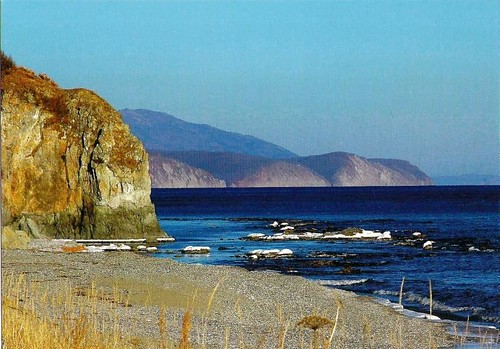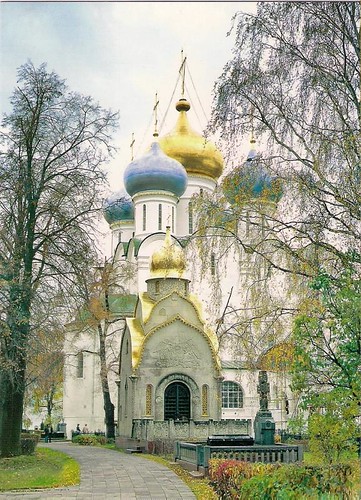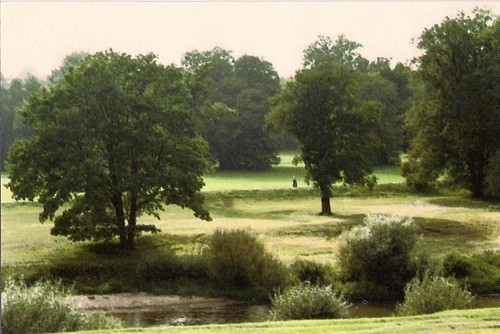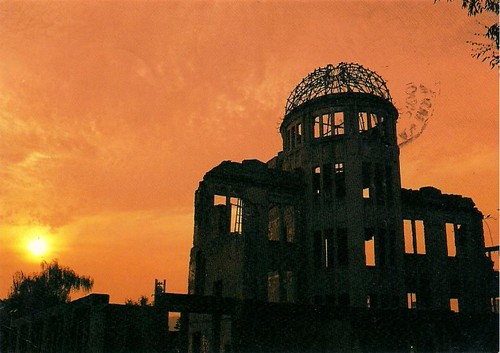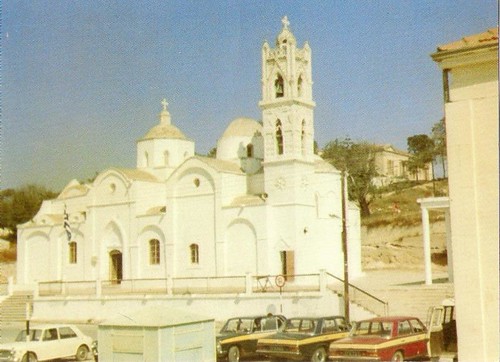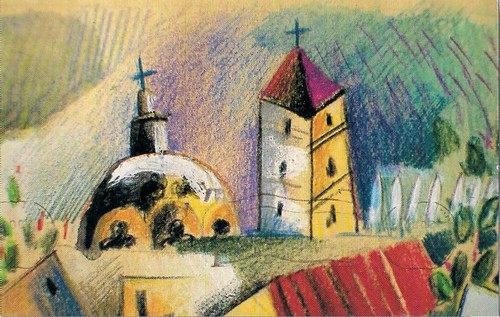Sikhote-Alin, Russia
The Sikhote-Alin is a mountain range in Primorsky and Khabarovsk Krais, Russia, extending about 900 km to the northeast of the Russian Pacific seaport of Vladivostok. The highest summits are Tordoki Yani (2,077 m), Ko Mountain (2,003 m) in Khabarovsk Krai and Anik Mountain (1,933 m) in Primorsky Krai.
Sikhote-Alin comprises one of the most extraordinary temperate zones in the world. Species typical of northern taiga (such as reindeer and the brown bear) coexist with tropical species, the Amur leopard, Siberian tiger, and the Himalayan bear. The region holds very few wolves, due to competition with tigers. The oldest tree in the region is a millennium-old Japanese yew.
